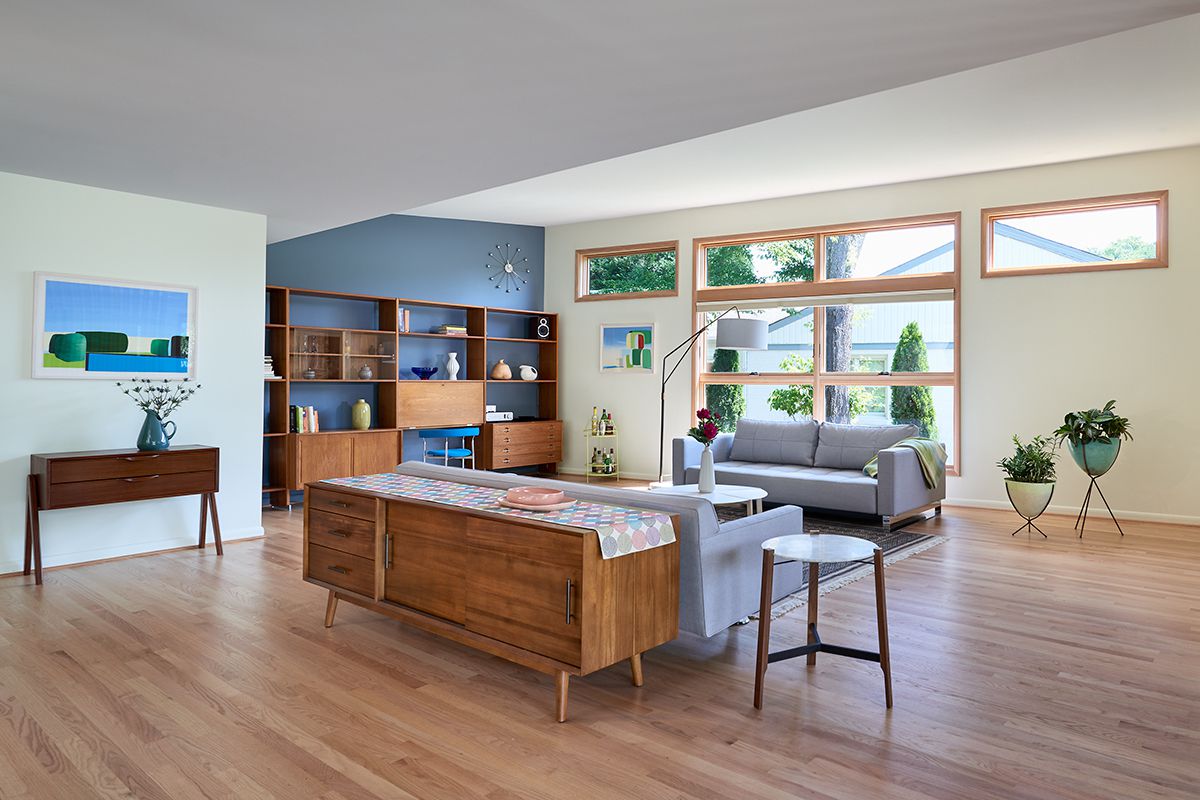

Articles
How To Remodel A Living Room
Modified: October 28, 2024
Discover the best articles on how to remodel a living room and transform your space. From furniture selection to color palettes, get expert tips and inspiration to create your dream living room.
(Many of the links in this article redirect to a specific reviewed product. Your purchase of these products through affiliate links helps to generate commission for Storables.com, at no extra cost. Learn more)
Introduction
Welcome to the world of remodeling your living room! The living room is one of the most important spaces in any home. It’s where you relax, entertain guests, and spend quality time with your family. A well-designed living room can instantly elevate the ambiance and functionality of your entire home.
But embarking on a living room remodel can also be a daunting task. From planning the design to choosing the right furniture and decor, there are countless decisions to make. However, with the right guidance and a step-by-step approach, you can transform your living room into a stunning and inviting space that reflects your personal style.
In this article, we will take you through the essential steps of remodeling a living room. Whether you have a small budget or are looking for a full-scale renovation, these tips and tricks will help you create a space that you’ll love coming home to.
So, let’s begin this exciting journey of remodeling your living room and turning it into the heart of your home!
Key Takeaways:
- Planning, budgeting, and selecting a design style are crucial initial steps in remodeling a living room. Careful consideration of functionality, aesthetics, and personal taste leads to a stunning and inviting space.
- From furniture and decor selection to lighting updates and storage solutions, each step in the remodeling process contributes to creating a visually appealing, functional, and personalized living room.
Read more: Why Is A Living Room Called A Living Room
Step 1: Planning the Remodel
The first step in remodeling your living room is to carefully plan out the entire project. This involves defining your goals, assessing your needs, and considering the layout and size of your space.
Start by asking yourself what you hope to achieve with the remodel. Do you want to create a more open and spacious layout? Are you looking to add more storage solutions? Do you want to update the overall style of the room?
Next, consider the functionality of your living room. Think about how you and your family typically use the space. Do you need a dedicated area for entertaining guests, a cozy reading nook, or a play area for the kids? Understanding your needs will help guide the design choices you make.
Additionally, take note of the existing layout and size of your living room. Measure the dimensions of the space and map out the location of windows, doors, and any architectural features. This will help you determine what changes can be made and how to optimize the available space.
During the planning phase, it’s also a good idea to research different design styles and gather inspiration. Browse interior design websites, magazines, and social media platforms like Pinterest and Instagram to find ideas that resonate with your aesthetic preferences. Saving images and creating mood boards can help you visualize the overall look and feel you want to achieve in your living room.
Lastly, set a timeline for your remodel. Consider any upcoming events or holidays that may impact your availability or the timing of the project. A realistic timeline will keep you on track and ensure a smooth and efficient remodel process.
By thoroughly planning your living room remodel, you’ll have a clear vision of what you want to achieve and the necessary steps to get there. This sets the foundation for a successful and enjoyable remodeling experience.
Step 2: Setting a Budget
Once you have a clear plan in place for your living room remodel, it’s time to determine your budget. Setting a budget is essential to ensure that you can complete the project within your financial means.
Start by evaluating your overall financial situation and determining how much you can comfortably allocate towards the remodel. Consider factors such as your income, savings, and any other financial obligations or commitments you have.
Next, break down your budget into different categories such as furniture, decor, materials, labor, and any professional services you may need. This will help you allocate funds effectively and prioritize where you want to invest the most.
Research and gather quotes for the different elements of your remodel, such as flooring, painting, and lighting fixtures. This will give you a better understanding of the costs involved and allow you to make informed decisions.
It’s important to be realistic about your budget and to leave room for unexpected expenses or contingencies. It is not uncommon for unforeseen issues to arise during a remodel, so having a cushion in your budget will help you navigate any unexpected costs.
Remember to also prioritize your spending based on your needs and goals for the remodel. If you have a limited budget, focus on the essential elements first and consider splurging on key items or features that will have the most impact on the overall design.
Finally, keep track of your expenses throughout the entire remodel process. Regularly review your budget and make adjustments as needed to stay within your financial limits.
By carefully setting and managing your budget, you can ensure that your living room remodel is not only aesthetically pleasing but also financially feasible. It will help you make informed decisions and achieve the desired results within your means.
Step 3: Choosing a Design Style
Choosing a design style for your living room is an exciting part of the remodeling process. Your design style will set the overall tone and atmosphere of the space, reflecting your personal taste and creating a cohesive look throughout the room.
Start by exploring different design styles to identify the one that resonates with you. Some popular design styles include modern, contemporary, traditional, farmhouse, industrial, minimalist, and eclectic. Each style has its unique characteristics and aesthetic elements.
Consider the existing architecture and layout of your living room when selecting a design style. Certain styles may complement the structure of your space better than others. For example, if you have a room with large windows, natural light, and an open layout, a modern or minimalist style may be a good fit.
Take inspiration from home decor magazines, websites, and social media platforms to gather ideas and create a mood board that showcases your preferred design elements. This will help you visualize the overall look and feel you want to achieve in your living room.
When choosing a design style, also consider your lifestyle and how you plan to use the space. If you have young children or pets, you may want to consider a design that is durable and easy to clean. On the other hand, if you love to entertain guests, you may want to create a more formal and elegant atmosphere.
Keep in mind that your design style should be cohesive with the rest of your home. While your living room can have its unique flair, it should still flow seamlessly with the adjacent spaces in terms of color palette, furniture styles, and overall aesthetic.
Remember that choosing a design style is not about following trends or trying to please others. It’s about creating a space that you love and that reflects your personality and preferences. Trust your instincts and choose a design style that resonates with you.
By carefully selecting a design style, your living room remodel will have a cohesive and visually appealing look. It will create a space that is both functional and a reflection of your personal style and taste.
Step 4: Selecting Furniture and Decor
Once you have chosen a design style for your living room, it’s time to start selecting furniture and decor that will bring your vision to life. The right furniture and decor can enhance the functionality and aesthetics of your space, creating a cozy and inviting atmosphere.
Start by assessing the existing furniture and determining what can be kept, refurbished, or replaced. Consider the size and scale of your living room to ensure that the furniture you choose fits well within the space. Measure the dimensions of the room and create a floor plan to visualize how the furniture will be arranged.
When selecting furniture, consider both style and functionality. Choose pieces that align with your chosen design style and also serve their intended purpose. For example, if you entertain frequently, opt for a comfortable and spacious seating arrangement. If you have a small living room, consider multi-functional furniture that offers storage solutions.
Don’t be afraid to mix and match furniture pieces to add visual interest and create a unique look. Balance different sizes, shapes, and textures to create a dynamic and visually appealing arrangement.
In addition to furniture, select decor pieces that enhance the style and overall ambiance of your living room. This can include items such as artwork, rugs, curtains, throw pillows, and decorative accessories. Choose pieces that complement your design style and add personality to the space. Consider incorporating pops of color or patterns to create visual interest.
Remember to strike a balance between functionality and aesthetics. Your living room should be comfortable and practical for everyday use, while still reflecting your personal style.
Lastly, consider the flow and arrangement of furniture in your living room. Arrange the pieces in a way that promotes conversation and allows for easy movement throughout the space. Avoid overcrowding the room and leave enough space for comfortable pathways.
By carefully selecting furniture and decor that align with your design style and lifestyle, you can create a living room that is both functional and visually appealing. It will be a space that you and your family can enjoy for years to come.
Read more: How To Decorate A Living Room?
Step 5: Painting or Wallpapering the Walls
One of the most transformative steps in remodeling a living room is updating the walls with a fresh coat of paint or stylish wallpaper. Changing the wall color or pattern can instantly refresh the space and create a new atmosphere.
Start by considering the overall color palette and mood you want to achieve in your living room. Lighter and neutral colors can make a small room appear more spacious, while bold and vibrant hues can add personality and drama to the space. Look for inspiration from your chosen design style and the existing furniture and decor in the room.
If you decide to paint the walls, gather paint samples and test them on a small area of the wall to see how they look in different lighting conditions. Consider the natural light that enters the room throughout the day, as it can affect how the color appears.
When selecting wallpaper, explore a variety of patterns, textures, and colors. Consider the scale of the pattern and how it will complement the other elements in your living room. Be sure to choose a wallpaper that is durable and easy to clean, especially if you have kids or pets.
Before starting the painting or wallpapering process, prepare the walls by cleaning them and filling any holes or cracks. Use painter’s tape to protect trim, baseboards, and other areas that you don’t want to get paint or wallpaper adhesive on.
Whether you choose to paint or wallpaper, take your time and work methodically. Start with the corners and edges using a brush, and then use a roller or wallpaper applicator to cover the larger areas. Make sure to follow the specific instructions for paint or wallpaper application to achieve the best results.
Once the walls are painted or wallpapered, step back and admire the transformation. The new color or pattern will breathe new life into your living room, enhancing the overall design and ambiance.
Remember, painting or wallpapering is a relatively inexpensive way to make a significant impact on the aesthetic of your living room. It can completely change the look and feel of the space, creating a fresh and inviting atmosphere.
When remodeling a living room, consider the flow of the space and how you want to use it. Plan the layout carefully to ensure it meets your needs and maximizes the available space.
Step 6: Installing New Flooring
Installing new flooring is a crucial step in remodeling your living room as it can completely transform the look and feel of the space. Whether you opt for hardwood, laminate, carpet, or tile, the right flooring choice can enhance the overall aesthetic and functionality of your living room.
Start by considering your lifestyle and the level of foot traffic in your living room. If you have pets or children, you may want to choose a durable and low-maintenance option. If you prefer a cozy and warm atmosphere, carpet might be a good choice, while hardwood or laminate can provide a sleek and modern look.
Do your research and explore different flooring materials to find the one that suits your style and budget. Consider factors such as durability, maintenance requirements, and the overall aesthetic appeal.
When it comes to installation, you have the option to hire professionals or DIY if you are confident in your skills. Professional installation ensures a high-quality finish and can save you time and effort. If you choose to DIY, make sure to follow the manufacturer’s instructions and gather the necessary tools and materials.
Before installing the new flooring, remove the existing flooring and prepare the subfloor. This may involve removing carpet, cleaning, and repairing any imperfections. Ensure that the subfloor is level and free of debris before proceeding with the installation.
With hardwood or laminate flooring, start by measuring and cutting the planks to fit the dimensions of your living room. Leave an expansion gap to allow for natural movements of the wood. Use a flooring nailer or adhesive to secure the planks in place.
If you choose carpet, measure and cut the carpet to fit the dimensions of your living room. Use tack strips and a carpet stretcher to ensure a secure and tight installation.
Tile installation involves preparing the surface and applying mortar or adhesive to secure the tiles. Once the tiles are in place, apply grout and clean the surface for a finished look.
After the flooring is installed, take the time to clean and maintain it regularly to ensure its longevity and pristine appearance.
Installing new flooring in your living room is a significant investment but will have a dramatic impact on the overall design and functionality of the space. Choose a flooring material that aligns with your style and lifestyle, and ensure proper installation for a beautiful and durable result.
Step 7: Updating Lighting Fixtures
Updating the lighting fixtures in your living room is a crucial step in remodeling as it can greatly enhance the ambiance and functionality of the space. The right lighting can create a warm and inviting atmosphere, highlight architectural features, and illuminate specific areas of the room.
Start by assessing the existing lighting in your living room. Determine whether you need to add or replace fixtures to achieve a desired lighting scheme. Consider the natural light sources in the room as well, such as windows or skylights, and how they affect the overall lighting throughout the day.
When selecting new lighting fixtures, consider both form and function. Choose fixtures that complement your design style while providing adequate illumination for different activities in the living room. Options include chandeliers, pendant lights, recessed lighting, sconces, and floor or table lamps.
Spend time researching different lighting designs and consider the scale and placement of the fixtures. For example, a chandelier may work well as a centerpiece in a large living room, while recessed lighting can provide a seamless and modern look.
Consider the different types of lighting that can be incorporated into your living room design. Ambient lighting provides general illumination, task lighting focuses on specific activities such as reading or working, and accent lighting highlights certain elements or areas.
Install dimmer switches to have control over the intensity and mood of the lighting in your living room. This allows you to adjust the lighting according to the time of day or the desired atmosphere.
Once you have chosen the new lighting fixtures, follow the manufacturer’s instructions for installation. If you are uncomfortable with electrical work, it’s recommended to hire a licensed electrician to ensure safety and proper installation.
After the new lighting fixtures are installed, take the time to experiment with different lighting combinations and settings. Play with different bulbs and wattages to achieve the desired ambiance and brightness.
Updating the lighting fixtures in your living room can greatly enhance the overall appeal and functionality of the space. It sets the mood, improves visibility, and adds a touch of style. Choose fixtures that complement your design style and create the perfect lighting scheme for your living room.
Step 8: Adding Storage Solutions
Adding storage solutions to your living room is a crucial step in remodeling as it can help declutter the space and keep it organized. A well-designed storage system allows you to store and display items while maintaining a tidy and functional living room.
Start by evaluating the current storage situation in your living room. Identify areas where clutter tends to accumulate and assess the available space for potential storage solutions. This can include walls, corners, under seating, or even utilizing vertical space.
Consider your storage needs and prioritize the items you want to store in your living room. This can include books, media devices, toys, blankets, or any other belongings that you want to keep within reach but out of sight.
Look for furniture pieces that offer built-in storage options, such as ottomans with hidden compartments, coffee tables with drawers or shelves, or entertainment consoles with cabinets. These can help maximize storage without sacrificing style.
Utilize wall space by adding shelving units or floating shelves. These can be used to display decorative items or hold books and magazines. Consider incorporating wall-mounted cabinets or cubbies for additional hidden storage.
If you have limited floor space, consider utilizing vertical storage solutions such as tall bookcases or shelving units. These can provide ample storage without taking up too much floor space. You can also install hooks or pegboards on the walls for hanging coats, bags, or even displaying artwork.
Another option is to incorporate storage baskets or bins in your living room. These can be placed on shelves, inside cabinets, or under furniture to store and organize smaller items.
Remember to balance functionality with aesthetics when selecting storage solutions. Choose pieces that not only serve their purpose but also enhance the overall design and flow of the room.
Once you have added the storage solutions, take the time to organize and declutter your living room. Group similar items together and label containers or compartments to ensure easy access and maintenance.
Adding storage solutions to your living room will help create a neat and organized space, reducing clutter and enhancing the overall functionality of the room. It allows you to have a designated place for everything, making your living room a more pleasant and stress-free environment.
Read more: How To Divide A Living Room And Dining Room
Step 9: Rearranging Furniture Layout
Rearranging the furniture layout in your living room is a crucial step in remodeling as it can optimize the flow and functionality of the space. By strategically positioning the furniture, you can create a more inviting and efficient layout to suit your needs and design style.
Start by assessing the current furniture arrangement and determining whether it maximizes the available space. Consider the focal points in the room, such as a fireplace, TV, or large window, and how the furniture can be positioned to highlight these features.
Before moving any furniture, measure the dimensions of your living room and create a floor plan. This will help you visualize different furniture arrangements and determine the best layout. Take into account the location of doors, windows, outlets, and any architectural features.
When arranging the furniture, consider the functionality of the space. Create distinct areas for different activities, such as conversation, entertainment, or reading. Arrange seating to promote conversation and ensure that there is enough space to move around freely.
Place larger furniture pieces, such as sofas and armchairs, against walls to create a more open and spacious feel in the center of the room. Use rugs to define different zones and anchor furniture groupings.
Experiment with different furniture arrangements to find the one that best suits your needs and preferences. Don’t be afraid to try out unconventional layouts or explore unique focal points in your living room.
Consider the traffic flow in your living room and ensure that there are clear pathways for easy movement. Avoid obstructing doorways or cutting off access to other areas of the house.
Take into account the scale and proportions of the furniture in relation to the living room. Avoid overcrowding the space with too much furniture or oversized pieces that make the room feel cramped. Balance the size and arrangement of furniture for a harmonious and visually appealing layout.
Once you have settled on a furniture layout, take a step back and assess the overall look and functionality. Make any necessary adjustments and fine-tune the arrangement to ensure that it meets your needs and aesthetic preferences.
Rearranging the furniture layout in your living room allows you to maximize the space and create a more functional and visually pleasing environment. It is an opportunity to breathe new life into the room and make it a comfortable and inviting space for you and your guests.
Step 10: Decorating with Accessories
Decorating your living room with accessories is the final step in remodeling, and it’s where you can add the finishing touches and inject your personal style into the space. Accessories can bring visual interest, texture, and color to your living room, making it feel complete and inviting.
Start by selecting a cohesive color scheme for your accessories. Consider the existing colors in your living room and choose complementary shades. You can also incorporate different patterns and textures to add depth and visual appeal.
Choose a variety of accessories that reflect your personal taste and enhance the overall design style of your living room. This can include decorative items such as artwork, mirrors, vases, sculptures, and plants.
Place artwork on the walls to create a focal point and add a touch of personality to the room. Consider the size and scale of the artwork in relation to the wall and surrounding furniture. Mix and match different art pieces to create a curated and eclectic look.
Mirrors are not only functional but can also make a small living room feel larger and brighter. Place mirrors strategically to reflect light and create the illusion of more space. You can opt for a statement mirror or a gallery wall of smaller mirrors.
Add vases with fresh flowers or greenery to bring life and freshness to your living room. Plants not only add a pop of color but also improve air quality and create a calming ambiance. Choose plants that thrive in indoor environments and require minimal maintenance.
Don’t forget about the power of textiles in accessorizing your living room. Add throw pillows, blankets, and rugs to introduce texture, pattern, and warmth. These elements can tie together the color palette and provide comfort and coziness to the space.
Consider incorporating meaningful and personal items that reflect your interests and hobbies. This could be a collection of books, travel souvenirs, or family heirlooms. Displaying these items adds a personal touch and makes your living room feel uniquely yours.
When arranging accessories, think about balance and proportion. Create groupings of items of varying heights and sizes for visual interest. Don’t overcrowd surfaces, but rather create intentional displays that draw the eye and create a sense of harmony.
Regularly assess and rotate your accessories to refresh the look of your living room. Update them with seasonal items or swap out pieces to keep the space feeling new and inspiring.
Decorating your living room with accessories is the final step in remodeling, and it allows you to showcase your style and personality. By selecting and arranging accessories thoughtfully, you can create a visually stunning and well-curated living room that reflects your unique taste and creates a welcoming and inviting atmosphere.
Conclusion
Congratulations on completing your living room remodel! You have successfully transformed this important space into a beautiful and functional area that reflects your personal style and meets your needs. Remodeling a living room may seem like a daunting task, but by following these ten steps, you have achieved a remarkable result.
We began by planning the remodel, setting a budget, and choosing a design style that resonates with your personal taste. Then, we moved on to selecting furniture and decor that align with your chosen style, creating a cohesive and inviting atmosphere. Painting or wallpapering the walls added a fresh and visually appealing backdrop to the room.
Updating lighting fixtures brought new life to the space, enhancing the ambiance and functionality. Adding storage solutions helped declutter and organize the living room, making it more efficient and enjoyable. Rearranging the furniture layout optimized the flow and made the room more inviting and functional.
Finally, decorating the living room with accessories added those finishing touches, adding color, texture, and personality to the space. These steps, combined with your vision and creativity, have resulted in a stunning living room that you and your loved ones can enjoy for years to come.
Remember, the process of remodeling a living room is not just about the end result. It’s about the journey and the joy of creating a space that reflects who you are and how you want to live. It’s about making memories, entertaining guests, and finding comfort and relaxation in the heart of your home.
Take a moment to bask in the accomplishment of your living room remodel. Enjoy the newfound beauty, functionality, and comfort that it brings. And if you ever feel the need for a refresh or a change, remember that these steps can serve as a guide for future updates and improvements.
Thank you for joining us on this remodeling journey. May your newly remodeled living room be a space filled with love, laughter, and cherished memories for years to come!
Frequently Asked Questions about How To Remodel A Living Room
Was this page helpful?
At Storables.com, we guarantee accurate and reliable information. Our content, validated by Expert Board Contributors, is crafted following stringent Editorial Policies. We're committed to providing you with well-researched, expert-backed insights for all your informational needs.

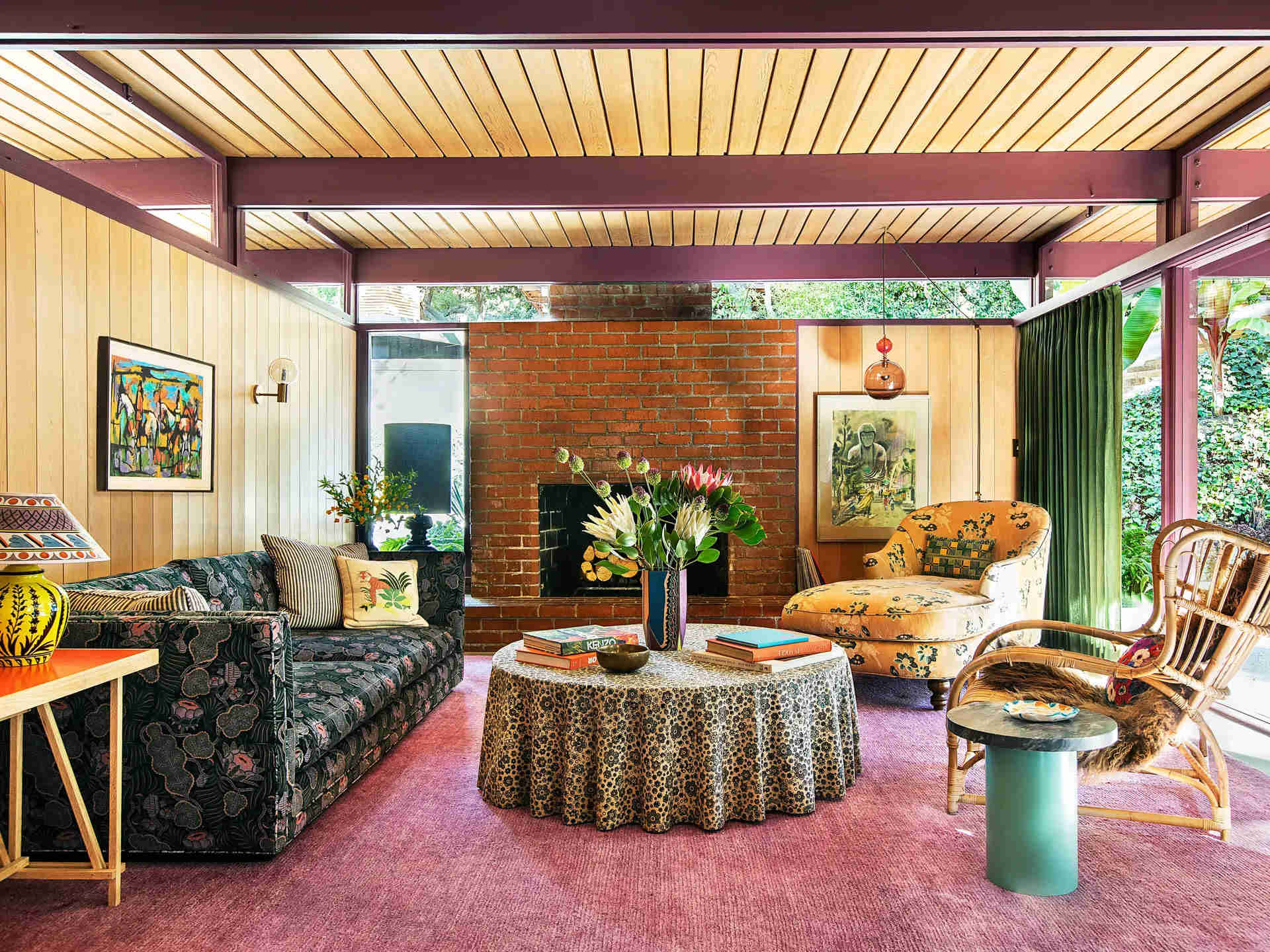
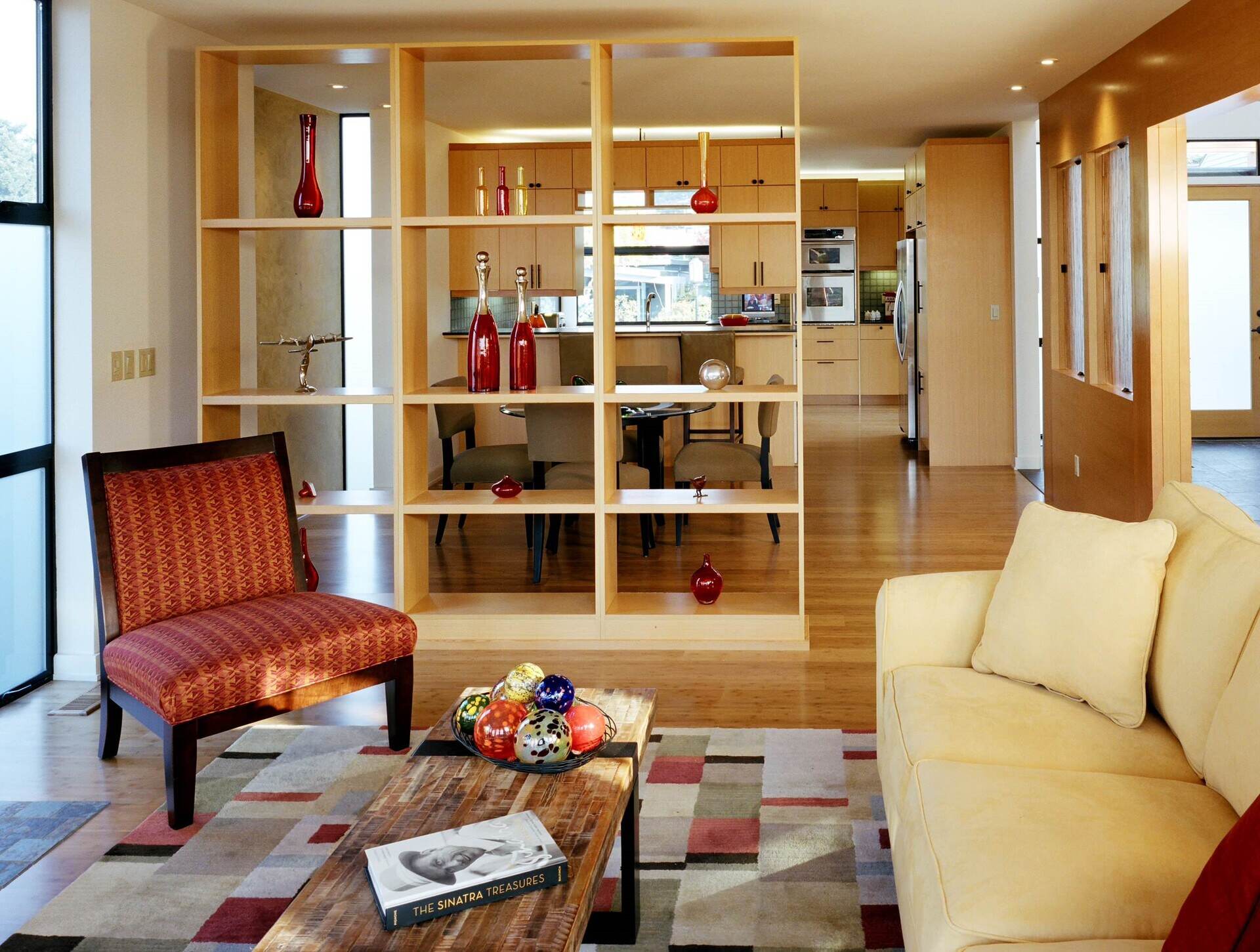
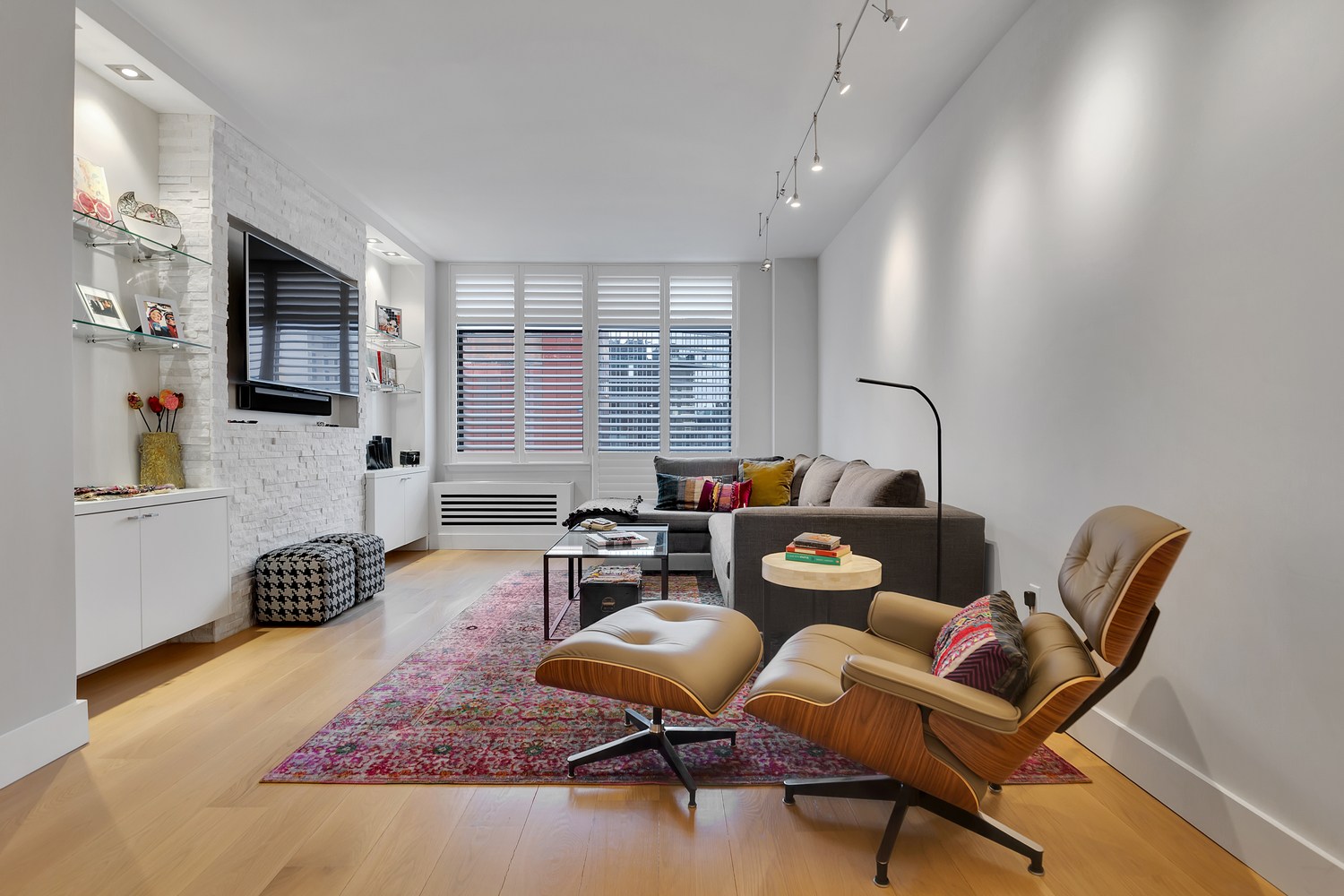

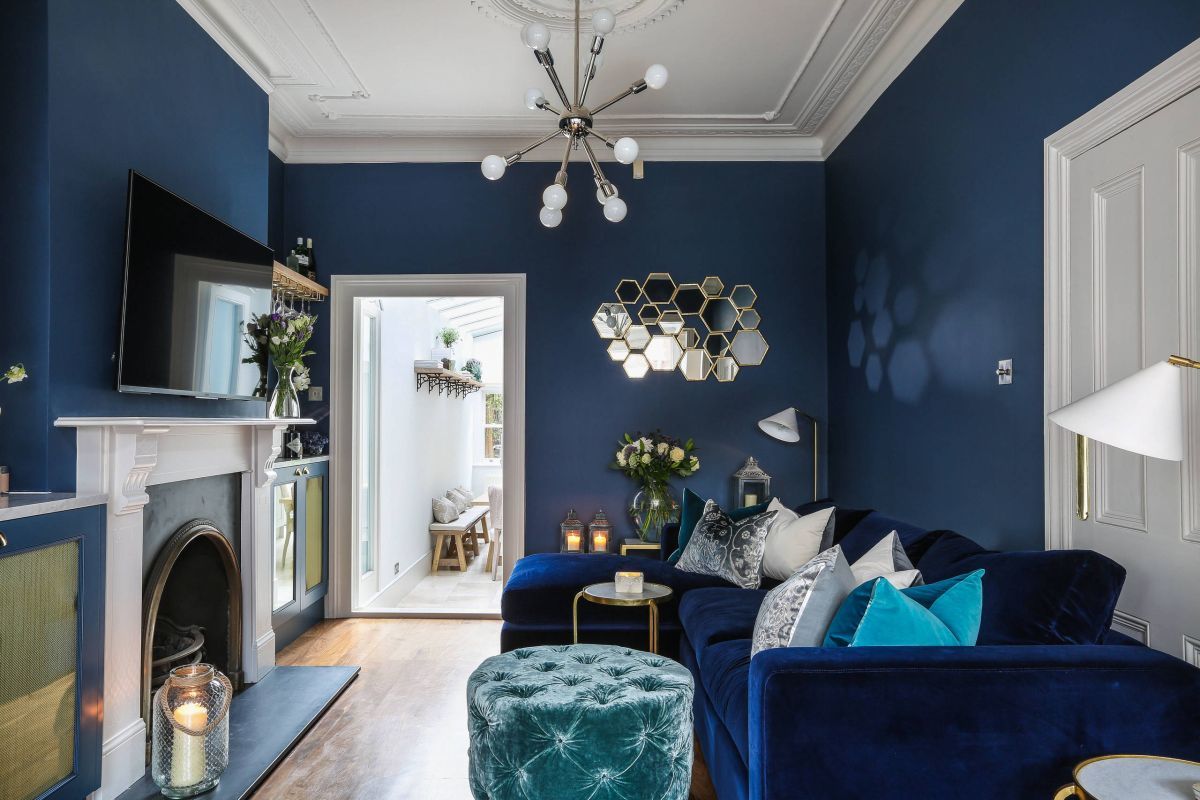
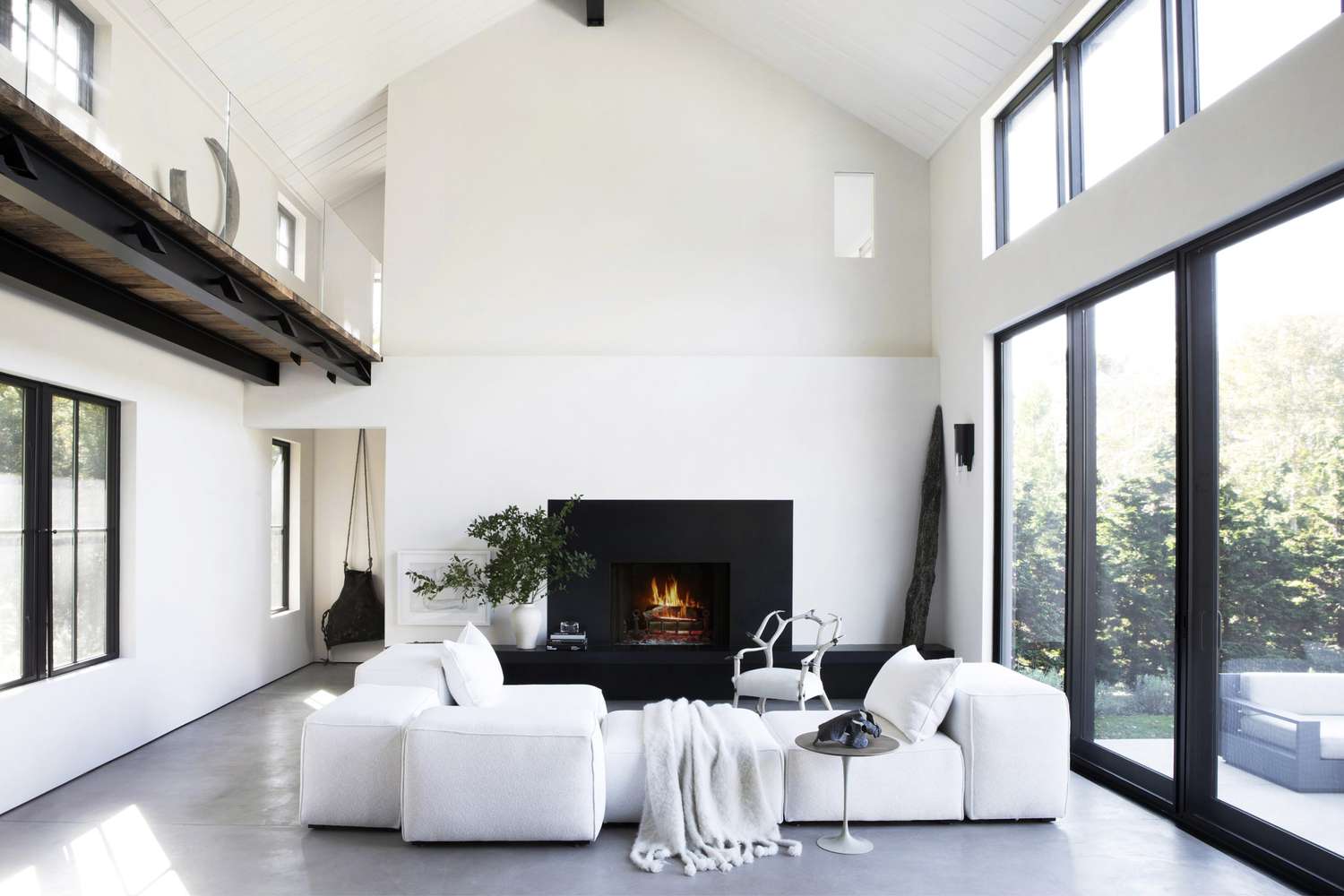
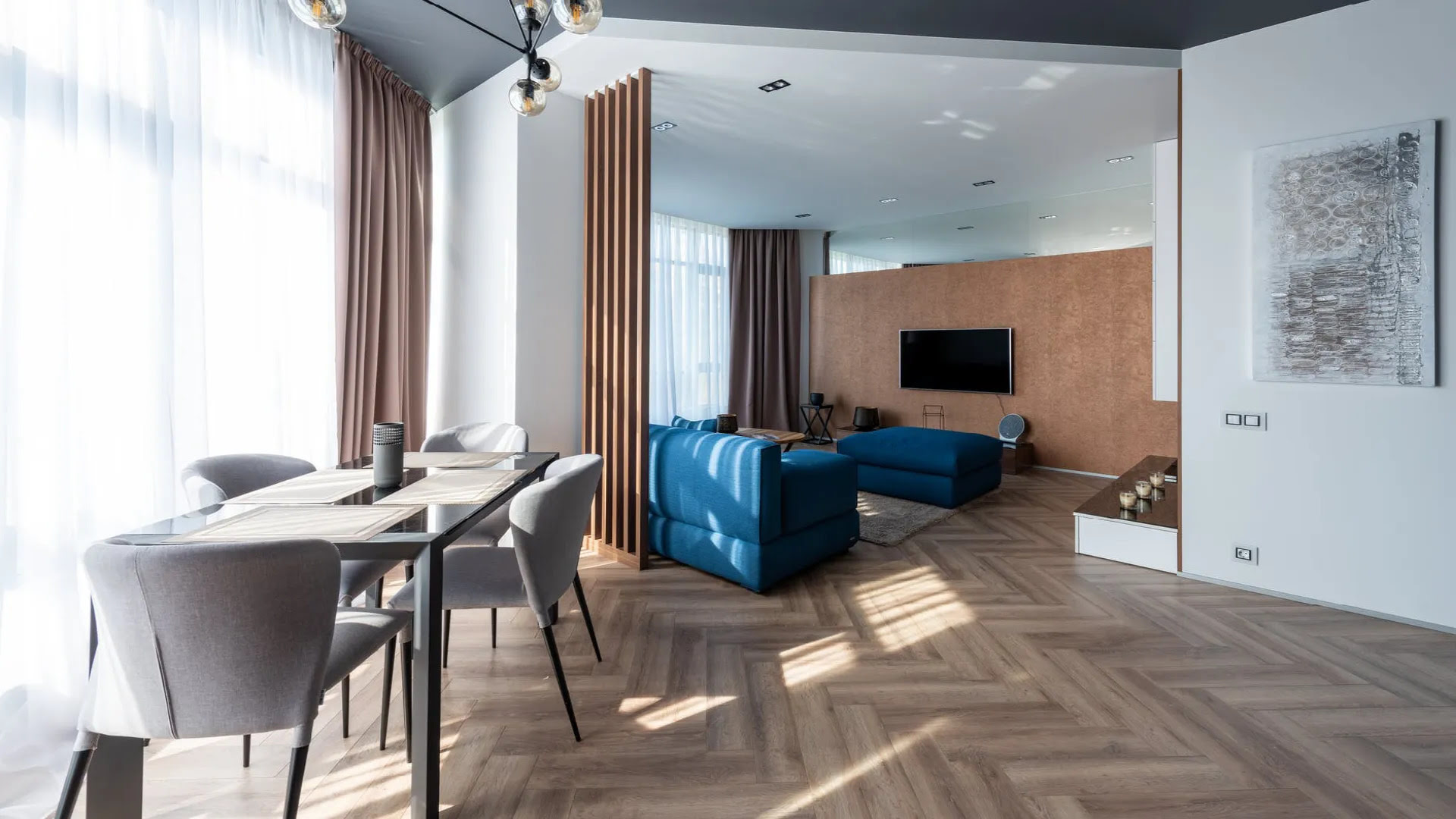
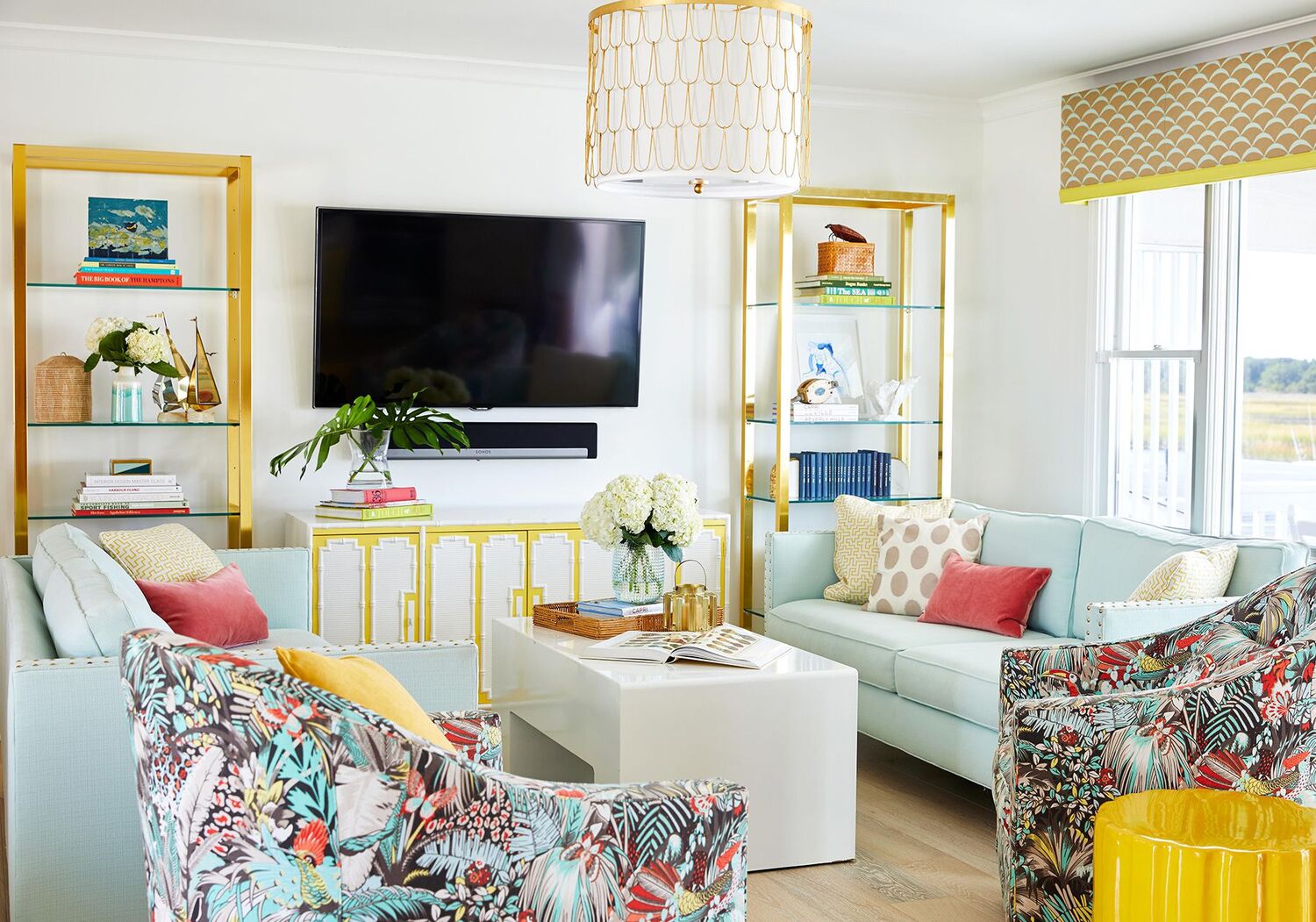
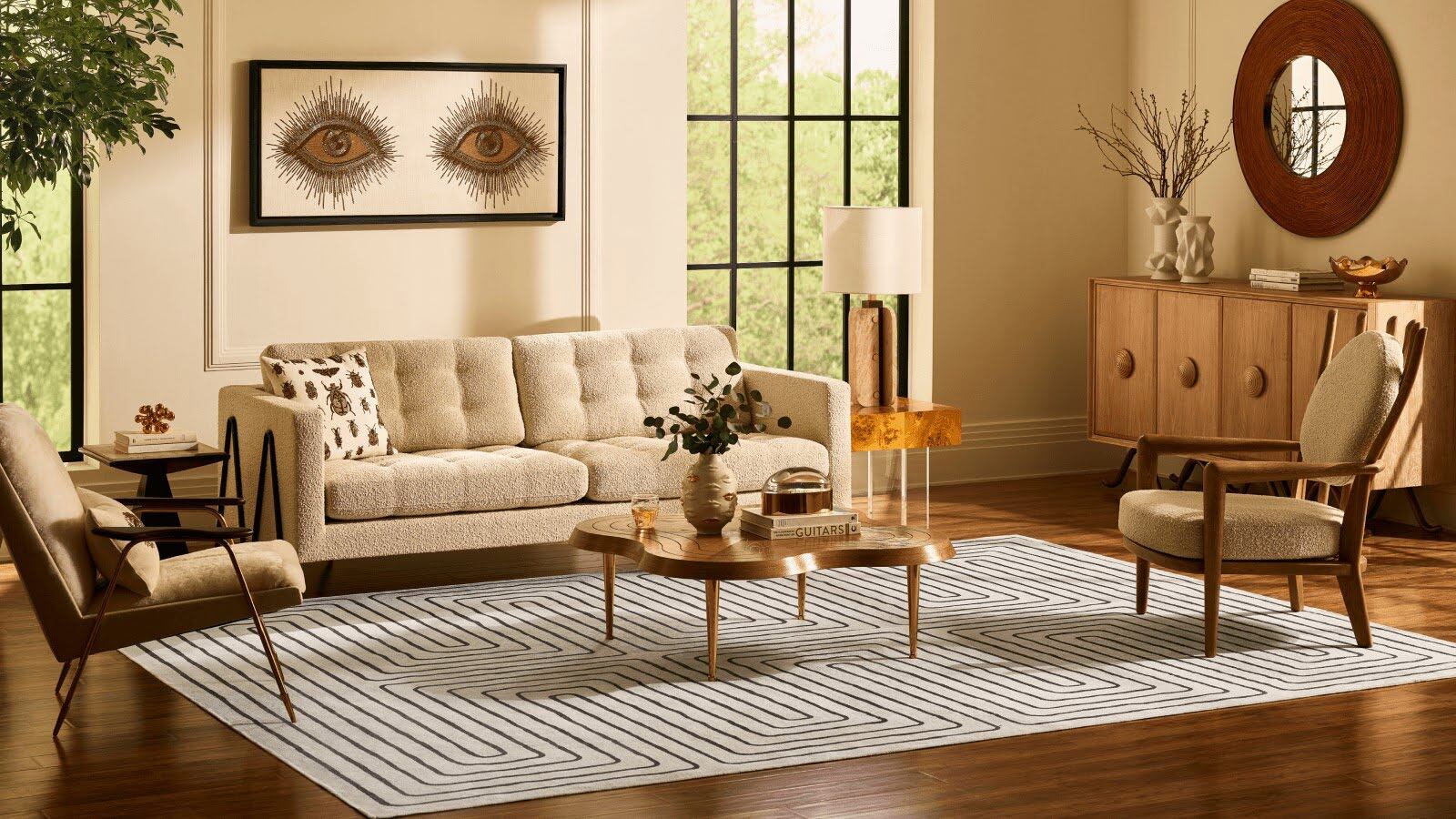
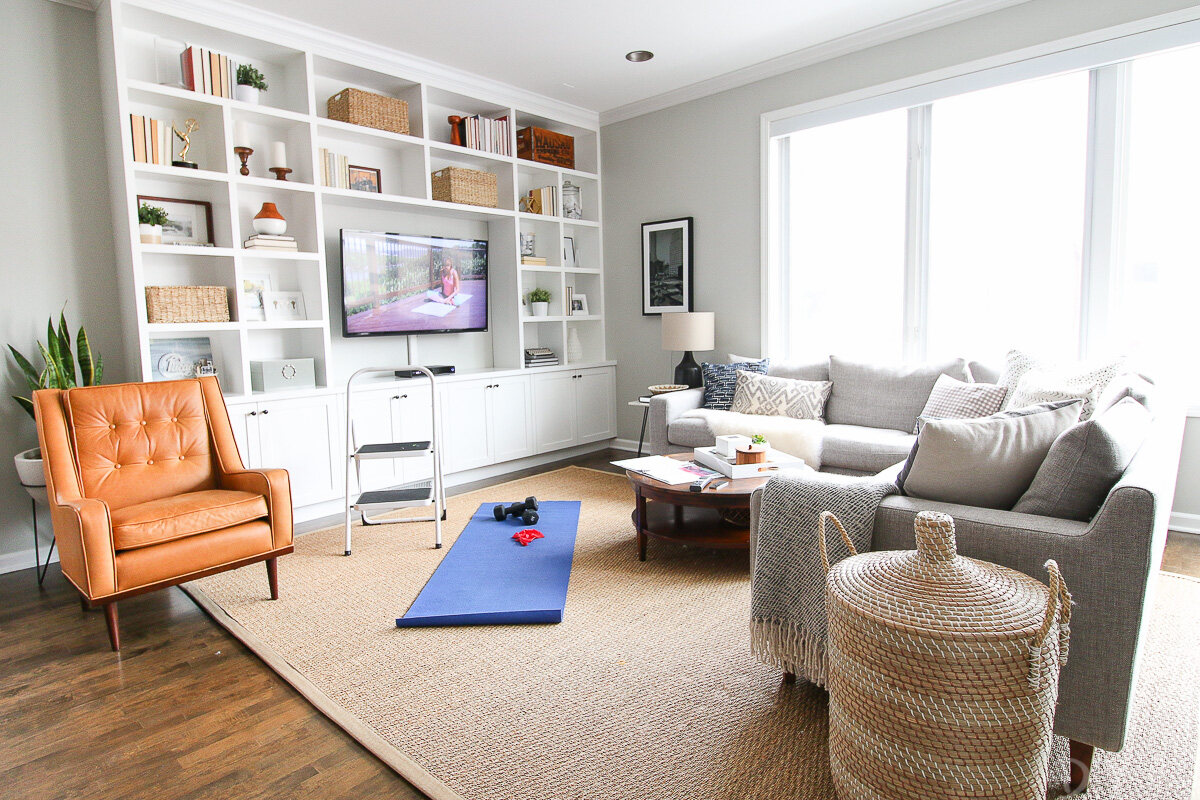
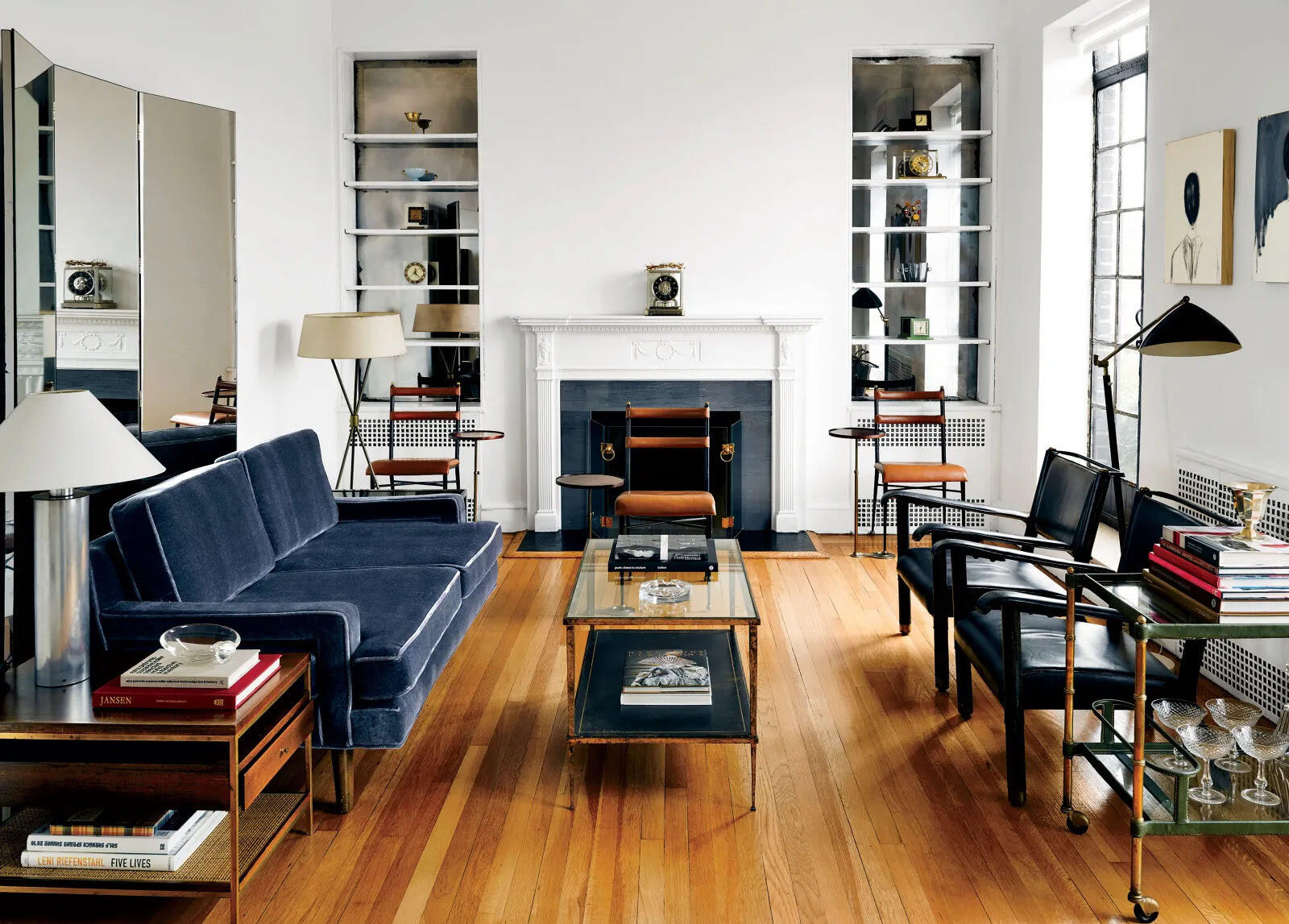
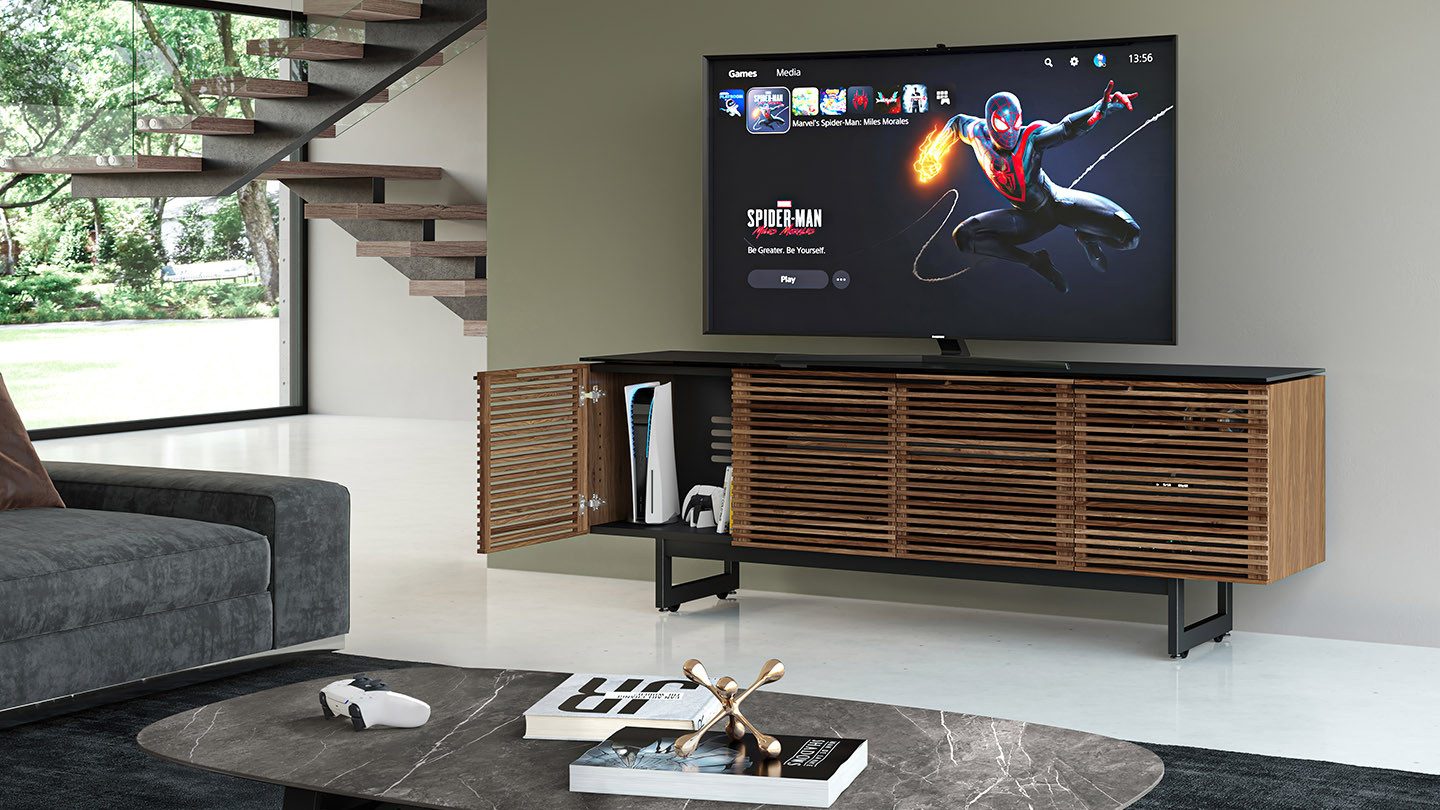

0 thoughts on “How To Remodel A Living Room”